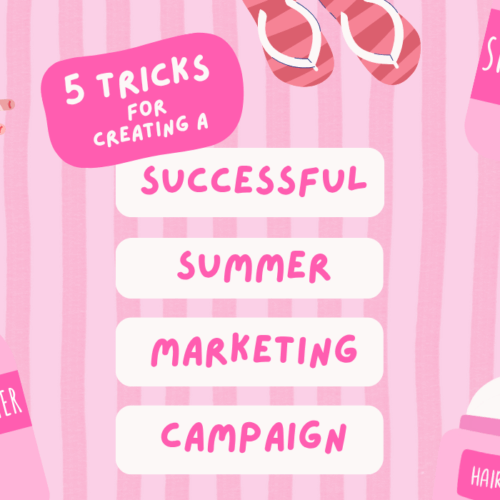The World is experiencing seismic change brought about by technology and our access to information.
The Economist estimates that in 2018 data became more valuable than oil. What a great opportunity for salons that collect data from clients through POS/CRM systems.
We should be questioning whether we use the data collected in ways that help us to enhance the client’s service and maximise sales opportunities. For example, are we making notes of our clients’ favourite drink? What do we do for their birthday? When they visit the salon are we using information about previous services and retail purchases as a basis for the appointment? “How was that hairspray I recommended on your last visit?” Or are we simply starting the visit with a standard consultation – “what are we doing today, just a cut and blow dry?”
There is no doubt that running a business is hard and some of the challenges we face currently are unprecedented and therefor no easy answer exists. The Oxford English Dictionary tells us the definition of MOVE is ‘to make progress; develop in a particular manner or direction.’ Yes, MOVE we must, it is important to develop and make progress, but what to do and how to do it? – This is the difficulty facing many salons today.
300 hours of YouTube videos are uploaded every minute! We are drowning in information and yet starved of wisdom.
It seems everybody has an opinion about everything! Choosing the source of information is imperative. With the very tight profit margins we work with today the margin for error is small. Implementing change is no easy feat. It takes investment in time, money and emotion.
As we move towards an online society I question whether this is the best way to learn and gather information. Whilst haircutting videos on demand are helpful revision tools, a young hairdresser also needs the real life coaching of an educator/experienced peer to check that they are holding the scissors and the hair correctly and are standing with the correct posture.
In the same way business information out of context or not tested in a similar market is not necessarily the help a business needs.
Let’s take the example of recruitment:
A great reality is that today we have too many stylists for the amount of clients looking for services. If you understand the principle of supply and demand you will agree that appointments to get your hair done are available on high streets and Facebook every day. When a salon owner says they have a recruitment problem – the problem is finding people that want to work in their salon on their terms.
Just last week I heard two interesting instances regarding recruitment. A good friend of mine was looking for a barber and a great guy approached but wanted self-employment.
My friend was reluctant – all his team is employed. But understanding that sometimes we have to move with the times, he negotiated with the barber and took him on. After two days the barber came to my friend and revealed he had changed his mind and asked to be employed. At that point my friend was not sure he wanted the responsibility of employing the barber!
But as his business model is to employ, and he wants to lean on the legality that the clients belong to the business, he transferred the barber’s status to employee.
The second instance is a business whose model is all self-employed and the majority of their team and services are beauty. They are looking for a hairdresser (self-employed) and have a few applications, but all the applicants have asked to be employed. The salon owner is reluctant, she told me it will cost her more and she is nervous of the legality of employing people.
According to the Office of National Statistics over half of hairdressers are self-employed and whilst for some, this is the best choice for them and their clients, the need for bricks and mortar salons will not diminish.
Nor will the desire for many stylists to work in a salon alongside a team. What is essential is that salon owners make the offering for employees a very special and unique salon experience not easily paralleled.
In my opinion the best recruitment strategy is to make your salon the best place to be by asking – ‘what do people come to work for?’ Of course, primarily people work for money. Our primary need is to be able to live and once this basic need is met, we start to look for other drivers in our work.
We want a better lifestyle, so we want the opportunity to be rewarded for exceptional performance. We like recognition, to inspire and to be inspired. We like to be social and we like to develop our careers and ourselves. A carefully balanced strategy that works for the business and the team will have career driven stylists beating a path to your door.
It used to be that the big ate the small, but today, the swift outrun the slow.





